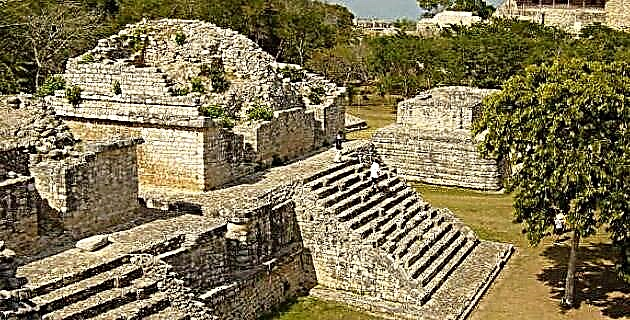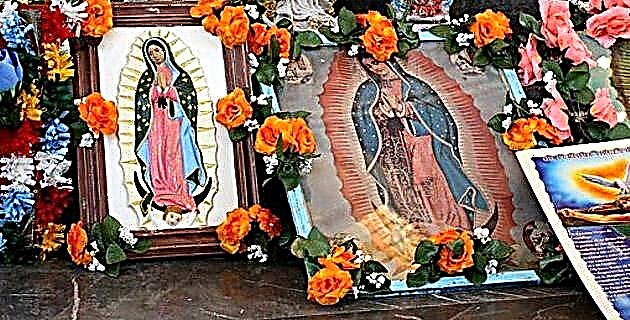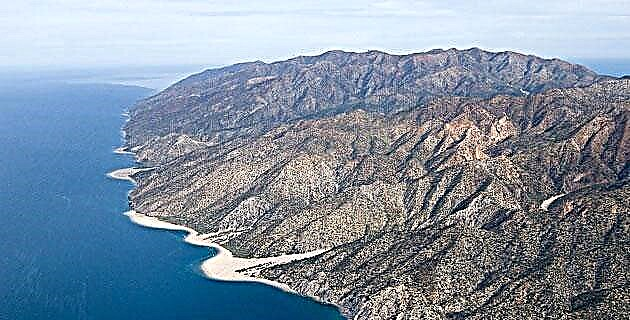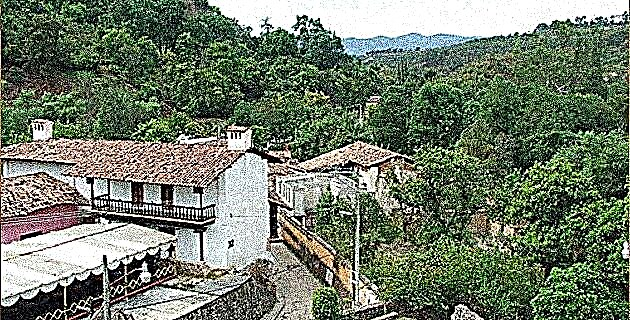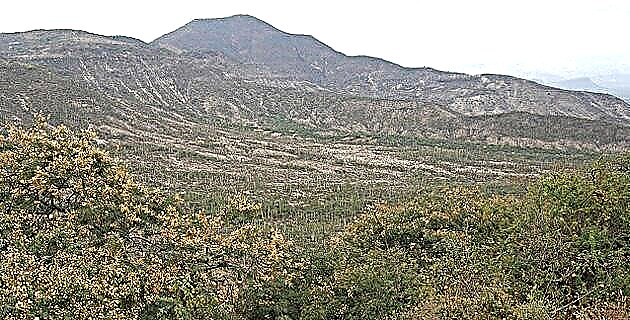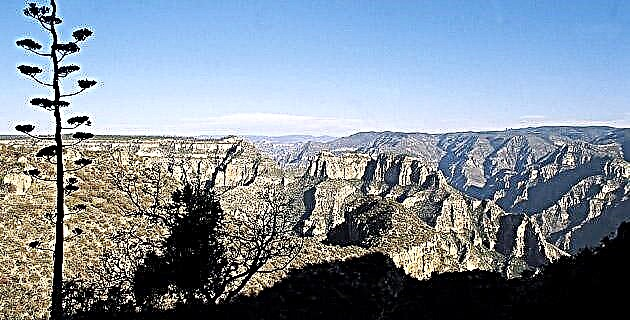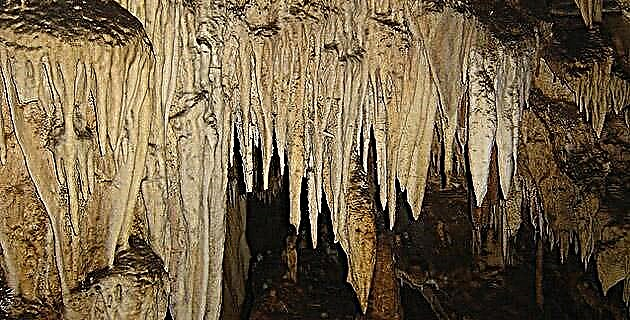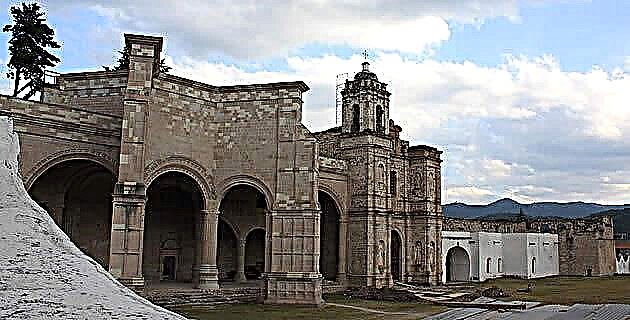
The Spanish military and spiritual conquest brought with it great changes in the indigenous way of life, which was reflected, among other fields, in architecture.
The mendicant orders, in charge of the evangelization of New Spain, were responsible for the religious architecture; hence the intense activity to build a large number of temples and convents, each of them a magnificent example of New Spain architecture.
The monumental wealth of the old Antequera is incalculable despite the landslides and damage caused by earthquakes, which left little of the 16th century architecture. And although most civil and religious buildings have had to be rebuilt up to two or three times in the course of time, it is precisely this seismic nature of the terrain that has defined the architecture of the place, which is wide and low, robust, with thick walls.
In each city of Oaxaca, in each town, we find beautiful monuments that keep a good number of altarpieces and high-quality works of art inside.
As a first instance, in the Mixteca we can admire three important monuments: the temple and former convent of San Pedro and San Pablo Teposcolula with a unique open chapel of its kind. The temple and former convent of San Juan Bautista Coixtlahuaca, whose temple has a facade of Renaissance descent and an open chapel with reliefs, an indigenous work that shows elements of pre-Hispanic iconography. Finally, the temple and former convent of Santo Domingo Yanhuitlán, which contains excellent Baroque altarpieces and a recently restored monumental organ.
In the Sierra Norte we find other monuments worth visiting, such as the Temple of Santo Tomás with its beautiful façade and its baroque altarpieces, and Capulalpan de Méndez.
In the Central Valleys we have the temples of San Andrés Huayapan, Tlalixtac de Cabrera and San Jerónimo Tlacochahuaya. In the temple of Tlacolula de Matamoros the chapel of the Lord of Esquipulas is located, magnificently decorated with baroque motifs.
As an example of architecture from the late sixteenth and early seventeenth centuries, we have the Santo Domingo de Guzmán complex, in whose temple one can see magnificent golden plasterwork decorations; The Museum of Cultures is housed in the former convent. Other temples located within the perimeter of the Historic Center are: the Cathedral, located in front of the Alameda de León, whose construction dates from 1535; the Basilica of Our Lady of Solitude with its baroque façade; San Agustin; San Juan de Dios (which was a provisional cathedral); The defense; Our Lady of Mercy; The Company, and the former convent of Santa Catalina de Siena, today converted into a hotel.
But it is important to mention that the greatness of Oaxacan architecture resides in the total accumulation of works, which refer not only to monumental creations but also to modest constructions that have acquired important cultural significance over time, through the features that are present in the local architecture.

